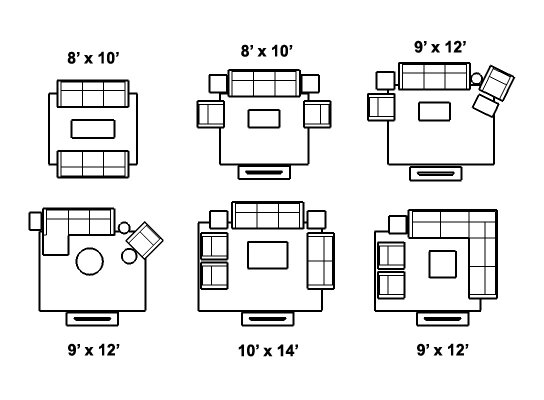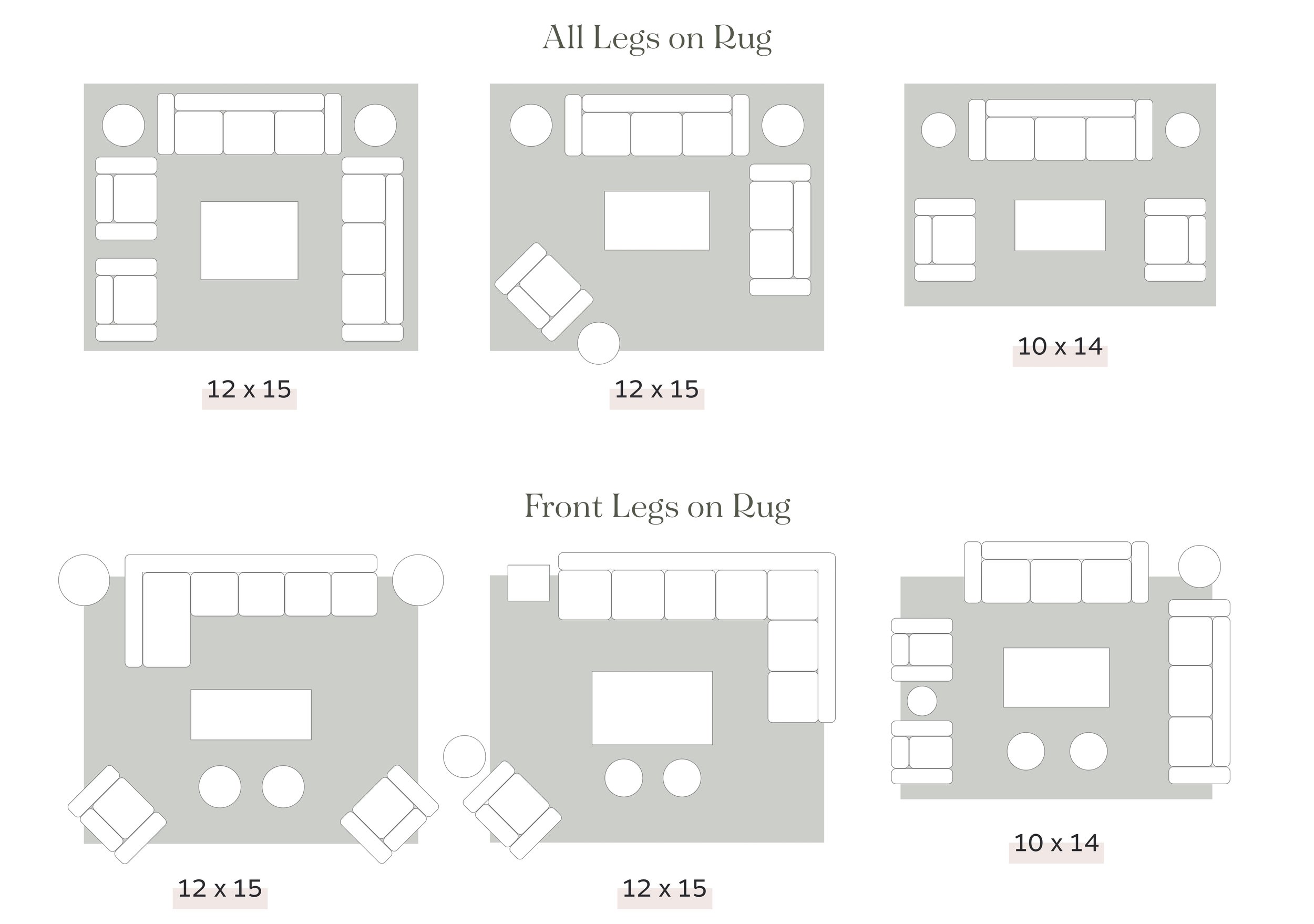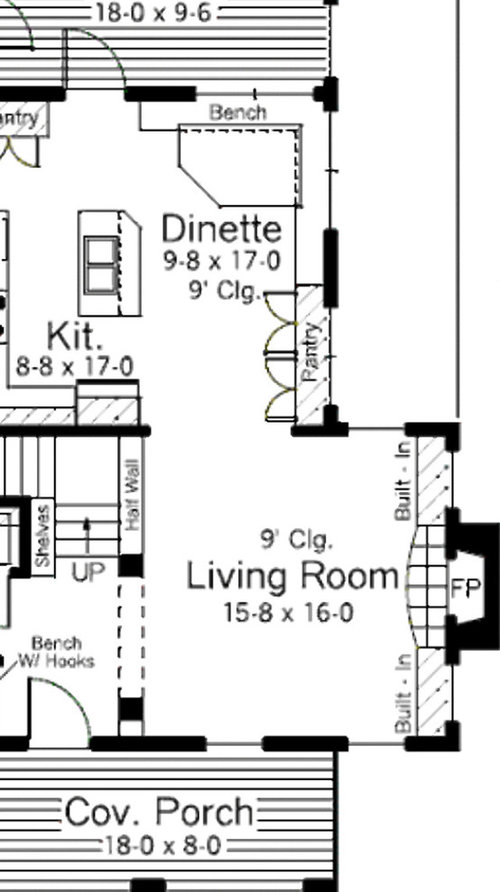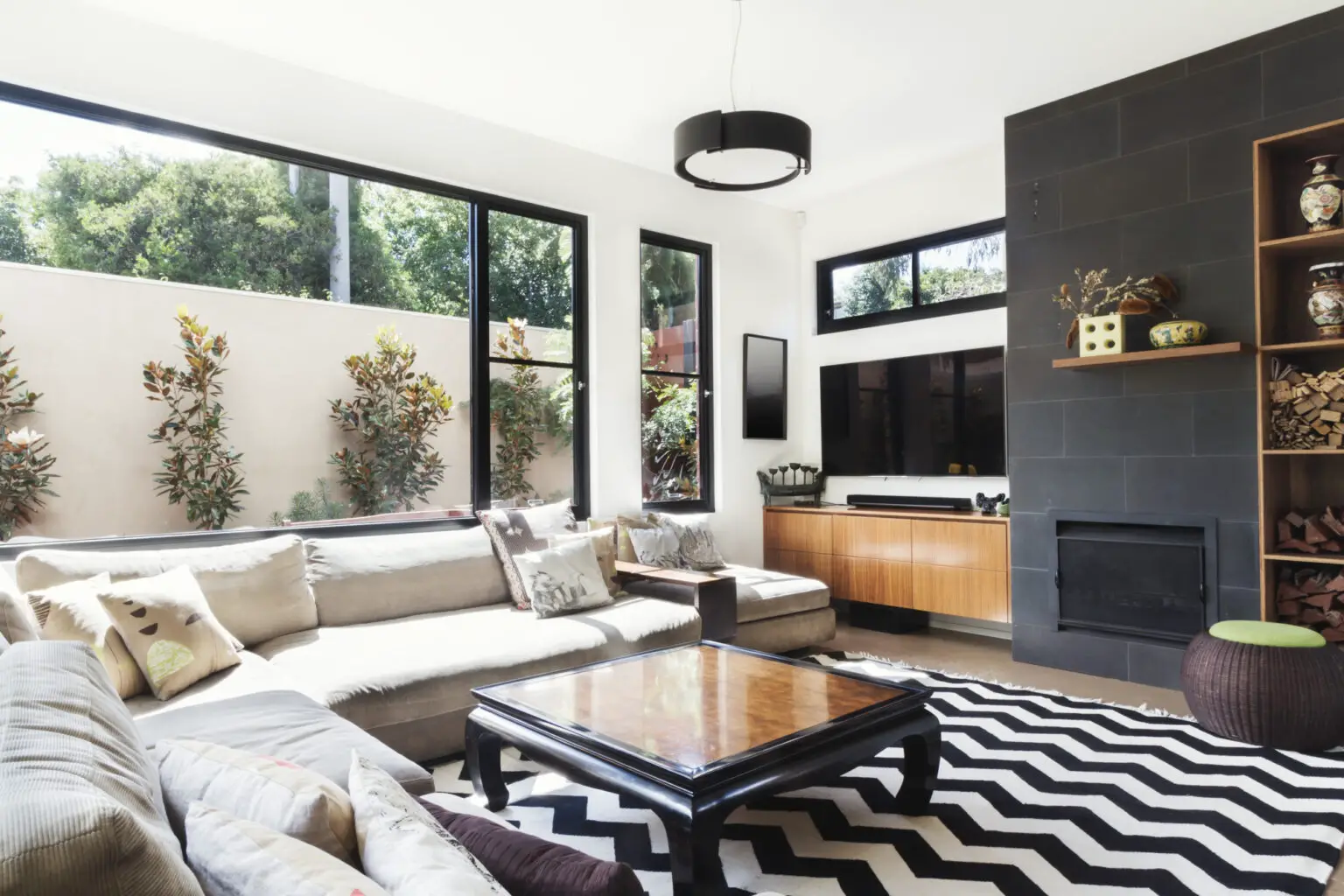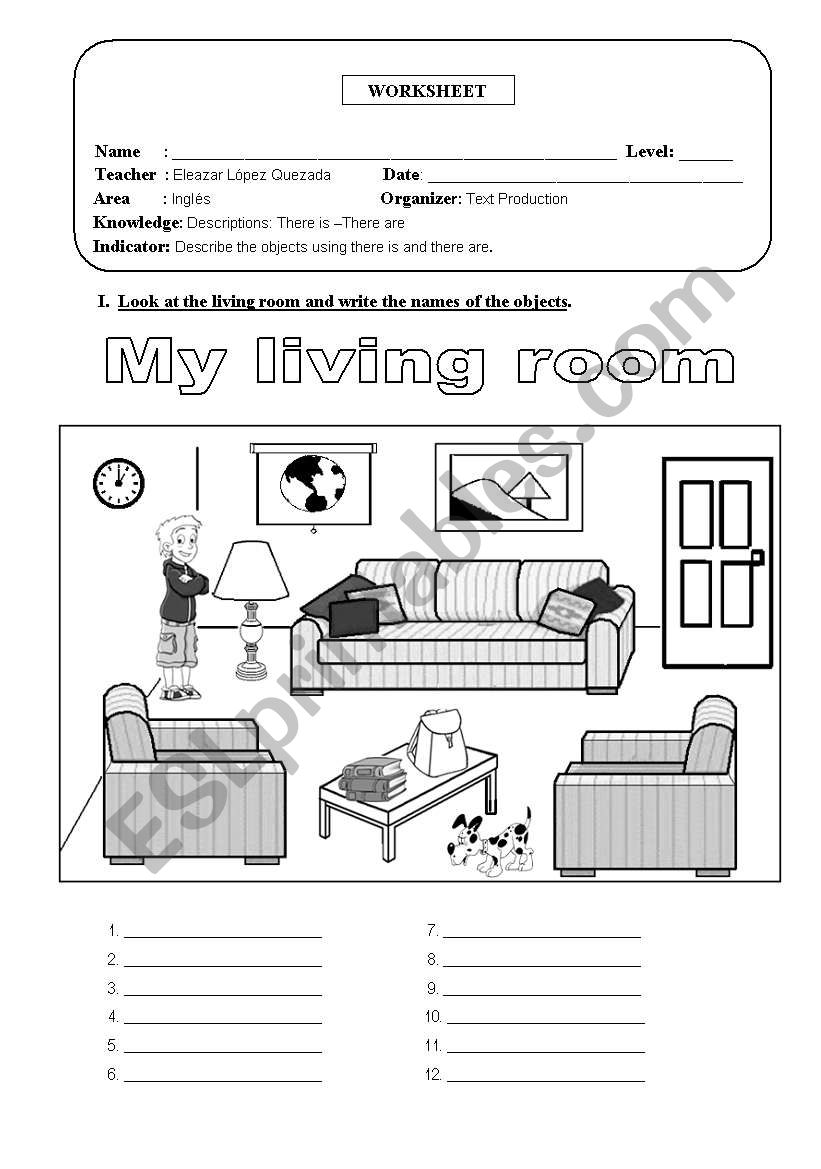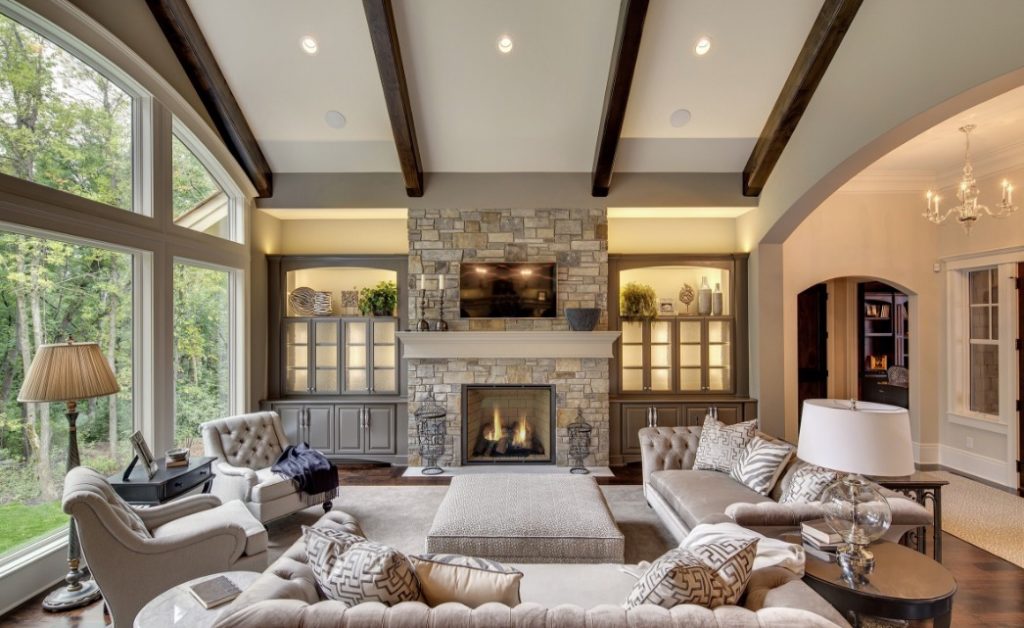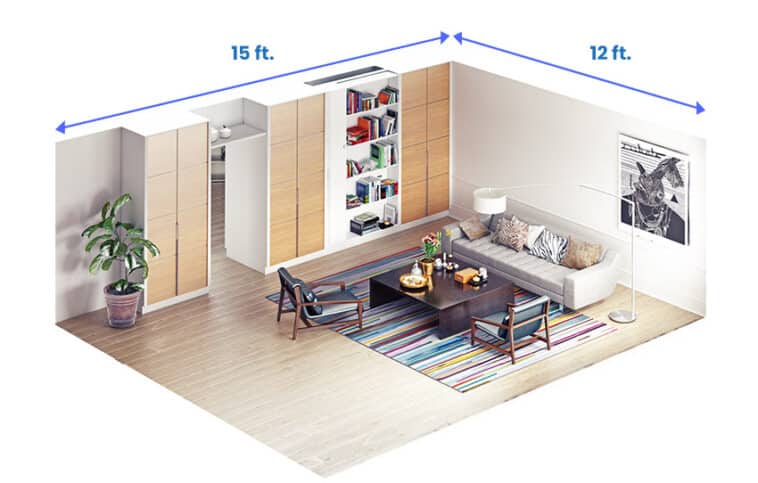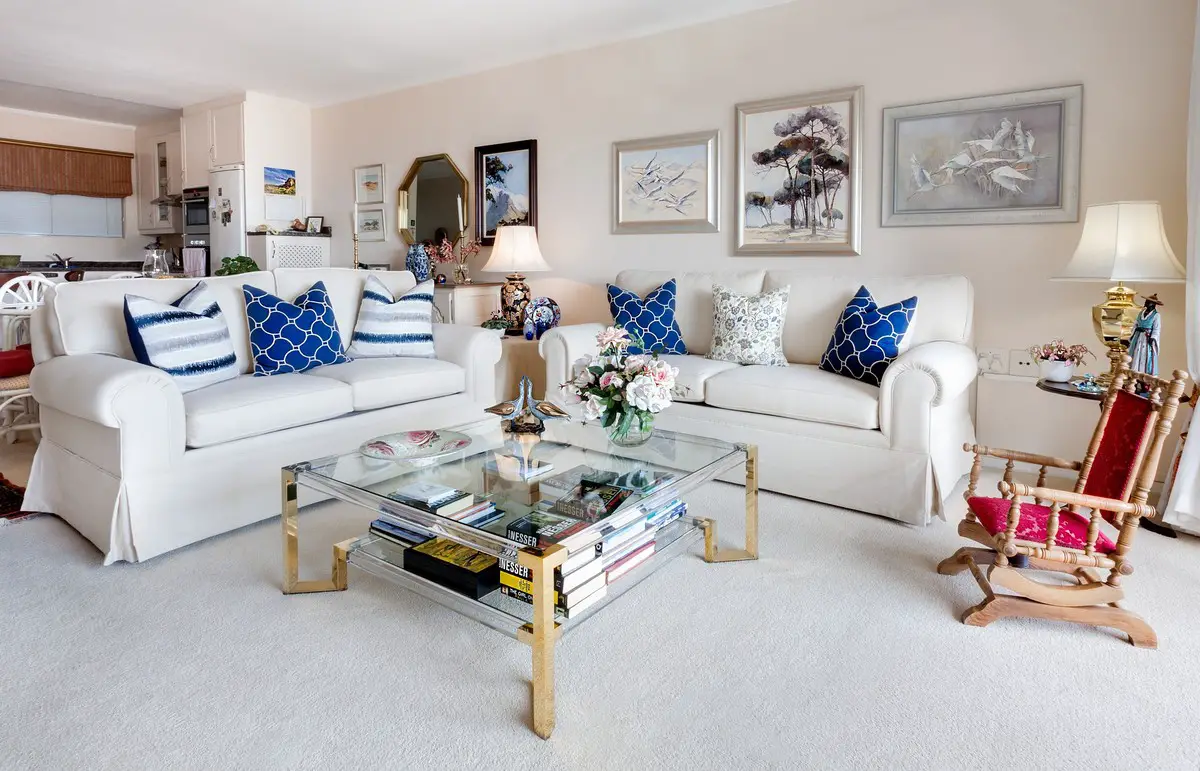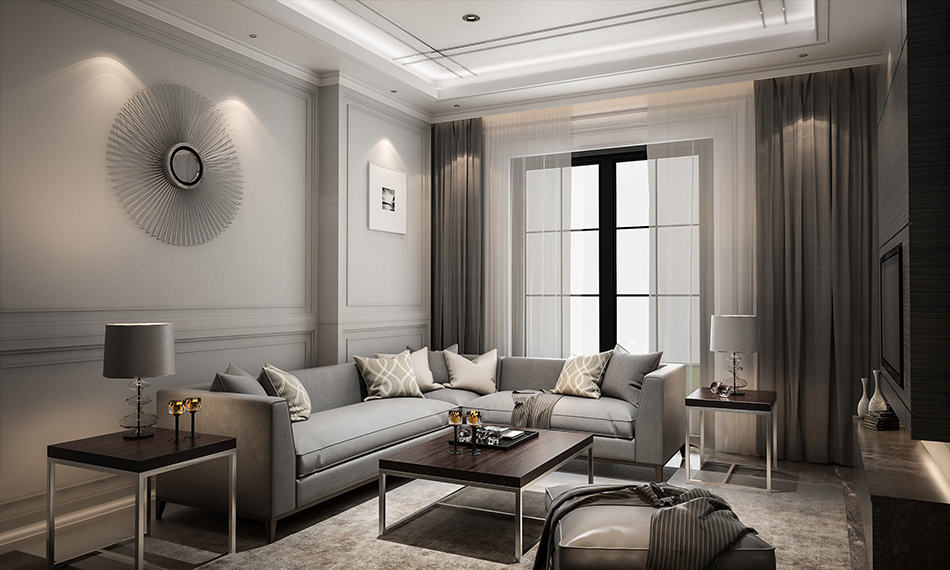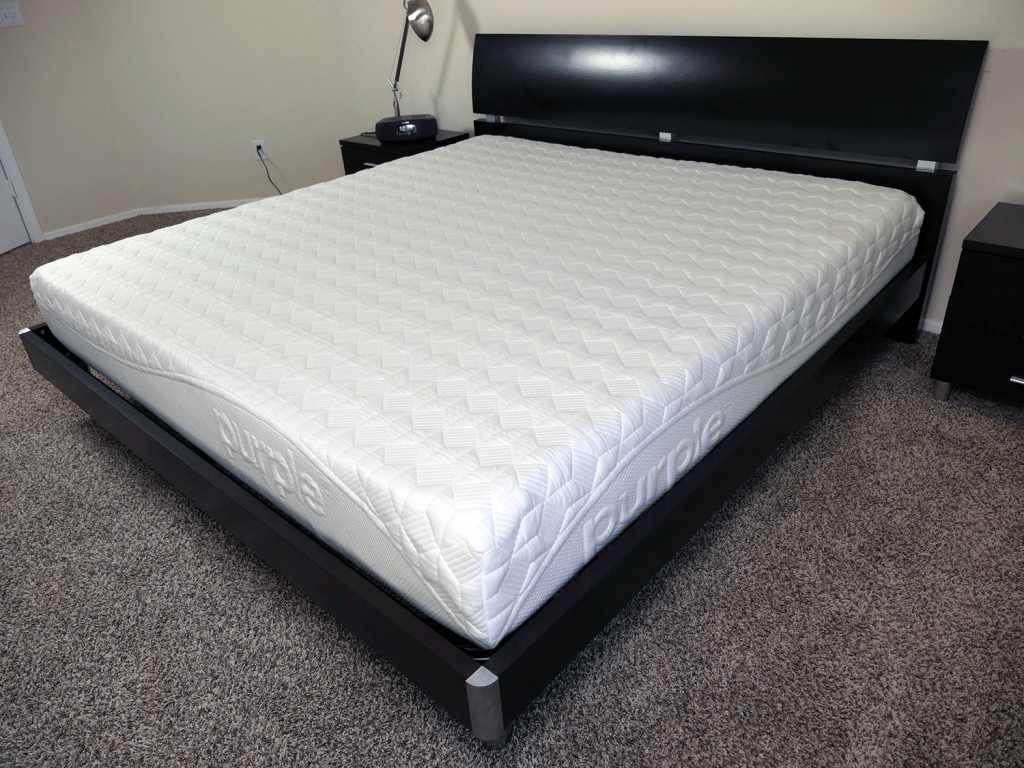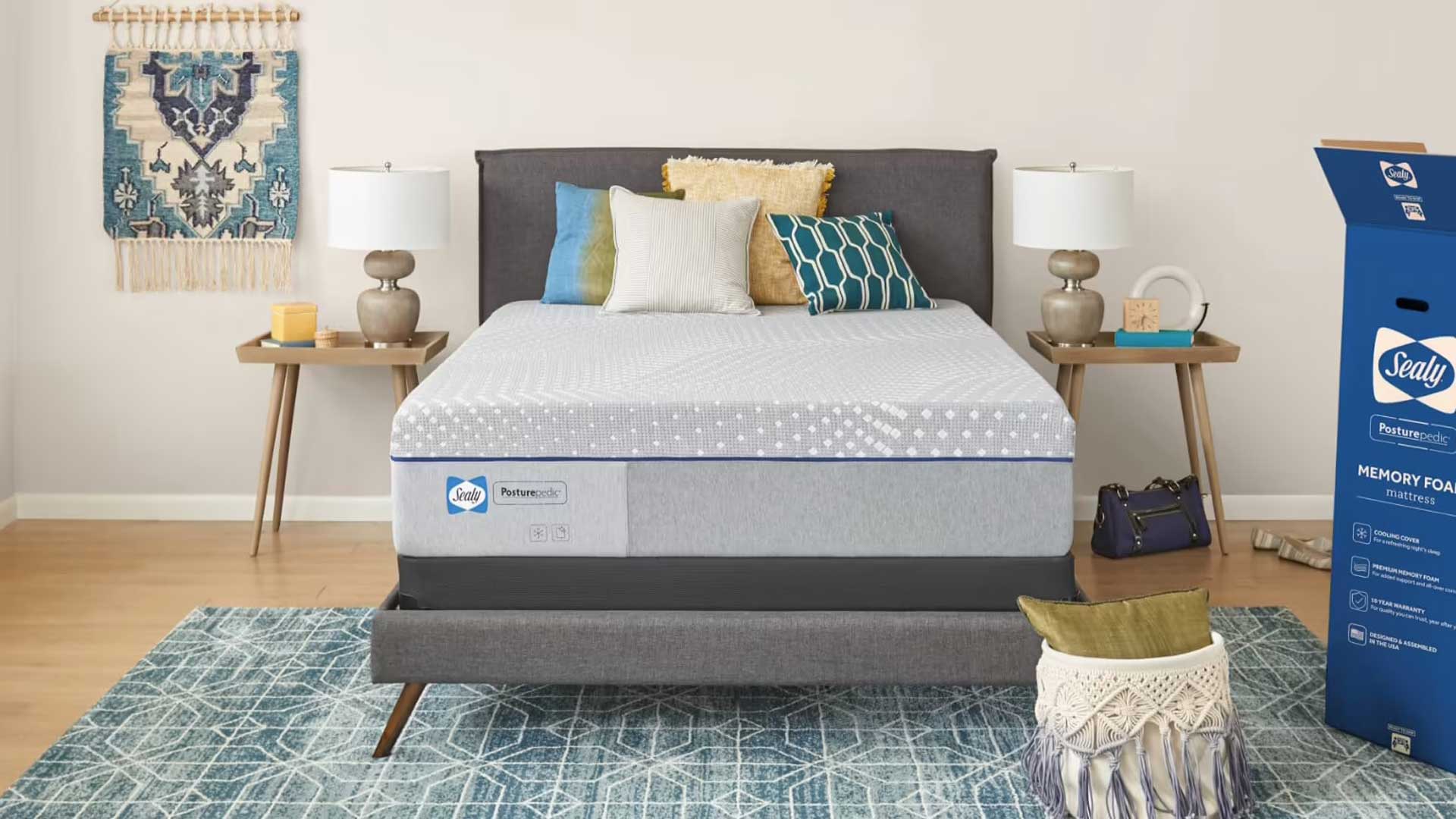Average living room size: Finding the perfect fit for your space
When it comes to designing your home, one of the most important rooms to consider is the living room. This is where you will spend the majority of your time relaxing, entertaining, and creating memories with loved ones. But before you start decorating, it's important to determine the average size of a living room and how it can fit into your space.
Standard living room dimensions: What to expect
The average size of a living room can vary depending on the type of property you have. In general, a standard living room in a single-family home or apartment can range from 200 to 400 square feet. However, if you live in a smaller space like a townhouse or condominium, your living room may be more compact, typically ranging from 100 to 200 square feet.
Typical living room size: Understanding the average dimensions
So, what are the typical dimensions of a living room? The most common shape for a living room is rectangular, with an average length of 18 feet and width of 12 feet. This translates to a total of 216 square feet, which is considered the standard size for most living rooms.
Average living room square footage: How much space do you really need?
While 216 square feet may be the average size for a living room, it's important to consider your own personal needs and lifestyle when determining the square footage for your space. For example, if you frequently host large gatherings or have a big family, you may want to opt for a larger living room. On the other hand, if you live alone or in a small household, a smaller living room may be more suitable for your needs.
Living room size guide: Factors to consider
When deciding on the size of your living room, it's important to take into account various factors, such as the layout of your home, the purpose of the living room, and your personal style. If you have an open floor plan, you may want to go for a larger living room to create a seamless flow between rooms. If you plan on using your living room as a multi-functional space, you may need more square footage to accommodate different activities.
Average living room dimensions: Tips for making the most of your space
If you're working with a smaller living room, don't worry! There are plenty of ways to make the most of your space and create a functional and stylish living room. One tip is to use furniture that can serve multiple purposes, such as a sleeper sofa or a coffee table with hidden storage. You can also utilize vertical space by adding shelves or wall-mounted storage units.
Living room size recommendations: Industry standards
While there is no one-size-fits-all approach to determining the ideal living room size, there are some industry recommendations to keep in mind. According to interior designers, a living room should have at least 48 inches of space for traffic flow and 24 inches of space between furniture. Additionally, it's recommended to leave 3 feet of space between the coffee table and the sofa for comfortable movement.
Average living room measurements: How to measure your space
If you're not sure about the exact dimensions of your living room, it's easy to measure it yourself. Start by measuring the length and width of your room and then multiply the two numbers to get the total square footage. You can also use a measuring tape to determine the size of your furniture and ensure it will fit comfortably in your living room.
Ideal living room size: Finding the perfect balance
While it's important to consider the average size of a living room, it's also essential to find a size that works for you and your individual needs. Remember, your living room should be a comfortable and inviting space that reflects your personal style and allows you to relax and unwind. So whether that means a cozy nook or a spacious entertainment area, focus on creating a living room that feels just right for you.
Average living room area: Customizing your space
At the end of the day, the size of your living room should be tailored to your specific preferences and lifestyle. Don't feel pressured to adhere to industry standards or the average measurements. Use the information and tips provided as a guide, but ultimately trust your instincts and create a living room that suits your unique needs and tastes.
Creating an Ideal Living Room Size

The Importance of a Well-Designed Living Room
 A living room is often the heart of a home, where family and friends gather to relax, socialize, and create memories. It is a space that should be comfortable, inviting, and functional. As the average size of a living room can vary greatly depending on factors such as location, style of the house, and personal preferences, it is essential to carefully consider the design and size of this important room.
A living room is often the heart of a home, where family and friends gather to relax, socialize, and create memories. It is a space that should be comfortable, inviting, and functional. As the average size of a living room can vary greatly depending on factors such as location, style of the house, and personal preferences, it is essential to carefully consider the design and size of this important room.
Factors to Consider
 When determining the ideal size for a living room, there are several things to take into consideration. One of the most important factors is the purpose of the room. Will it primarily be used for entertaining guests, lounging and watching TV, or a combination of both? The size and layout of the living room should be tailored to the primary use of the space.
Another factor to consider is the size and layout of the rest of the house. A small, cozy living room may be more suitable for a smaller house or apartment, while a larger home may have the space to accommodate a more spacious living room. It is also important to consider the flow and connection between the living room and other areas of the house, such as the kitchen and dining room.
When determining the ideal size for a living room, there are several things to take into consideration. One of the most important factors is the purpose of the room. Will it primarily be used for entertaining guests, lounging and watching TV, or a combination of both? The size and layout of the living room should be tailored to the primary use of the space.
Another factor to consider is the size and layout of the rest of the house. A small, cozy living room may be more suitable for a smaller house or apartment, while a larger home may have the space to accommodate a more spacious living room. It is also important to consider the flow and connection between the living room and other areas of the house, such as the kitchen and dining room.
The Average Size of a Living Room
 While there is no definitive average size for a living room, it is generally recommended to have a minimum of 150 square feet for a comfortable living room. This size allows for enough space to comfortably fit a sofa, coffee table, and additional seating. However, larger homes may have living rooms ranging from 200 to 500 square feet or more.
It is also important to note that the shape of the living room can greatly impact the perceived size of the space. A rectangular or square living room may feel more spacious than a narrow or irregularly shaped room.
While there is no definitive average size for a living room, it is generally recommended to have a minimum of 150 square feet for a comfortable living room. This size allows for enough space to comfortably fit a sofa, coffee table, and additional seating. However, larger homes may have living rooms ranging from 200 to 500 square feet or more.
It is also important to note that the shape of the living room can greatly impact the perceived size of the space. A rectangular or square living room may feel more spacious than a narrow or irregularly shaped room.
Designing for Optimal Comfort and Functionality
 Ultimately, the size of a living room should be tailored to the needs and preferences of the homeowner. It is important to strike a balance between creating a comfortable and functional space while also considering the overall size and layout of the house. Incorporating elements such as built-in storage, multi-functional furniture, and strategic placement of windows and doors can also help maximize the functionality of the living room.
In conclusion, the average size of a living room can vary greatly, and there is no one-size-fits-all approach. Careful consideration of factors such as purpose, house size, and design can help create an ideal living room that is both comfortable and practical for everyday use.
Ultimately, the size of a living room should be tailored to the needs and preferences of the homeowner. It is important to strike a balance between creating a comfortable and functional space while also considering the overall size and layout of the house. Incorporating elements such as built-in storage, multi-functional furniture, and strategic placement of windows and doors can also help maximize the functionality of the living room.
In conclusion, the average size of a living room can vary greatly, and there is no one-size-fits-all approach. Careful consideration of factors such as purpose, house size, and design can help create an ideal living room that is both comfortable and practical for everyday use.





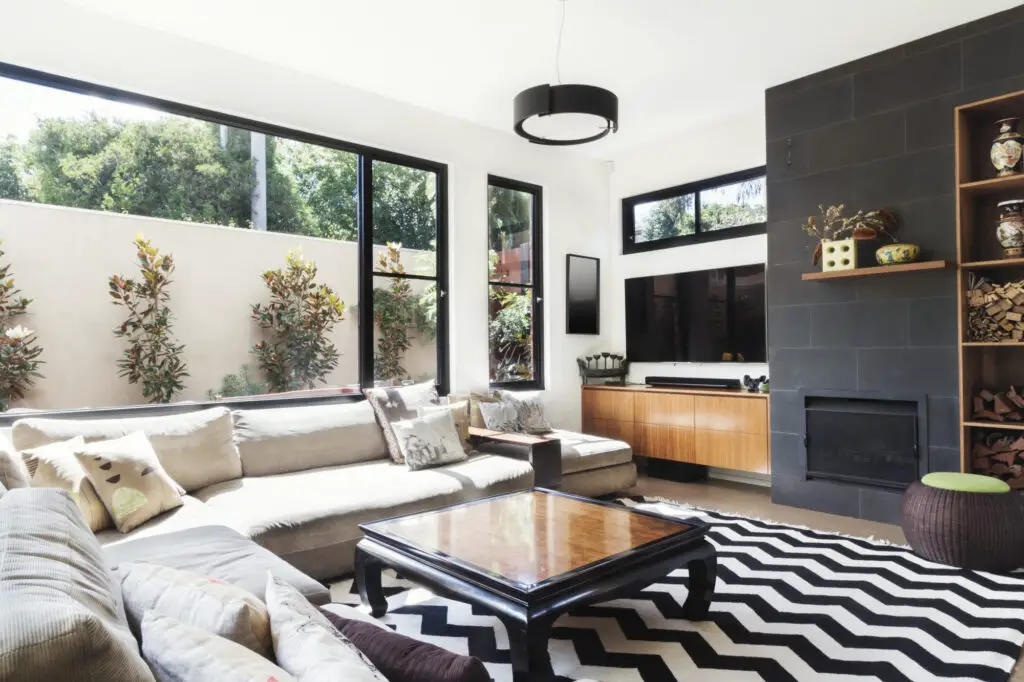










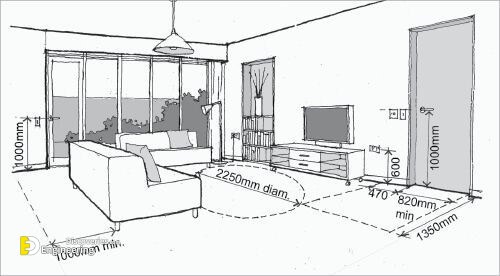




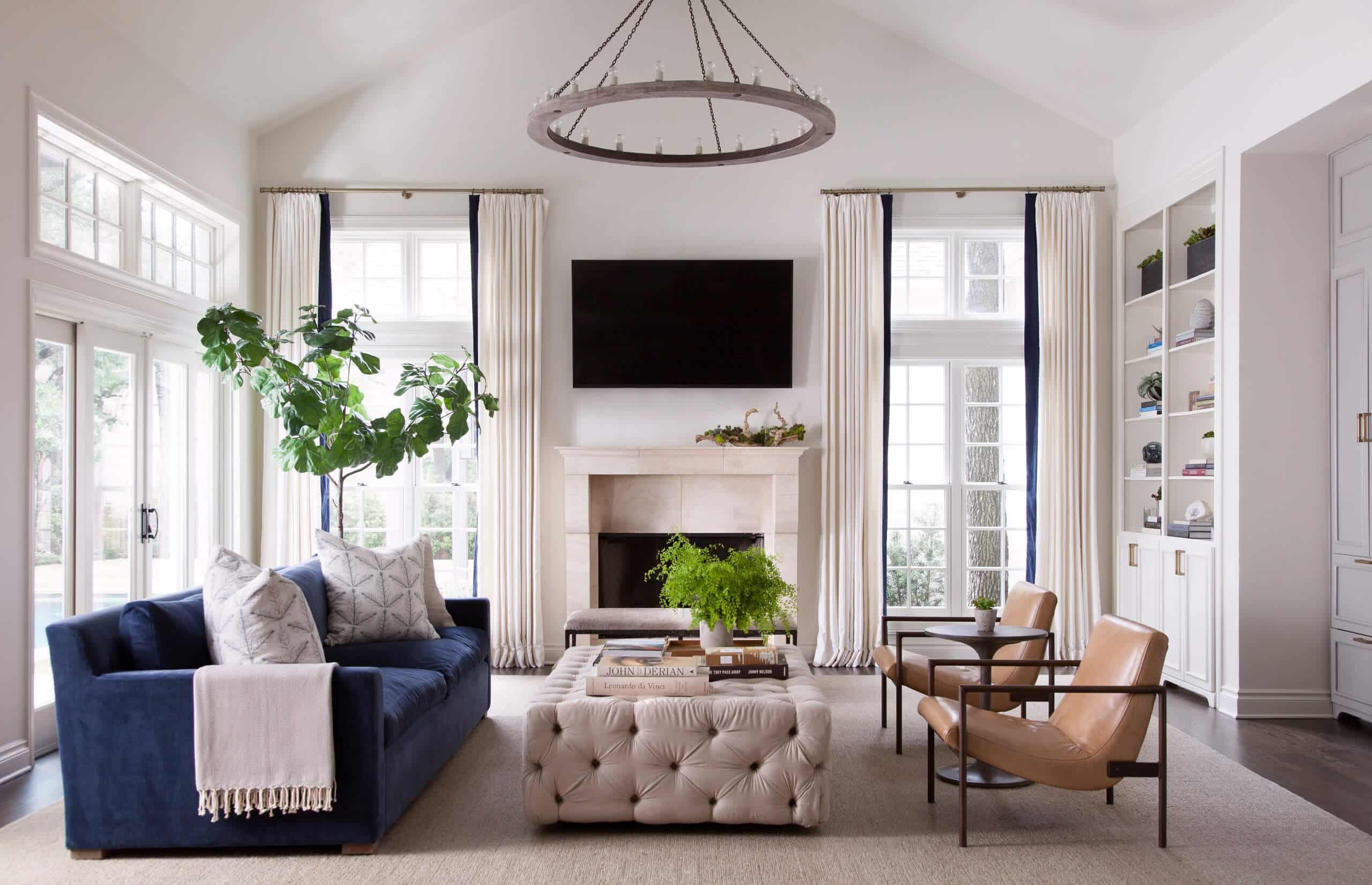



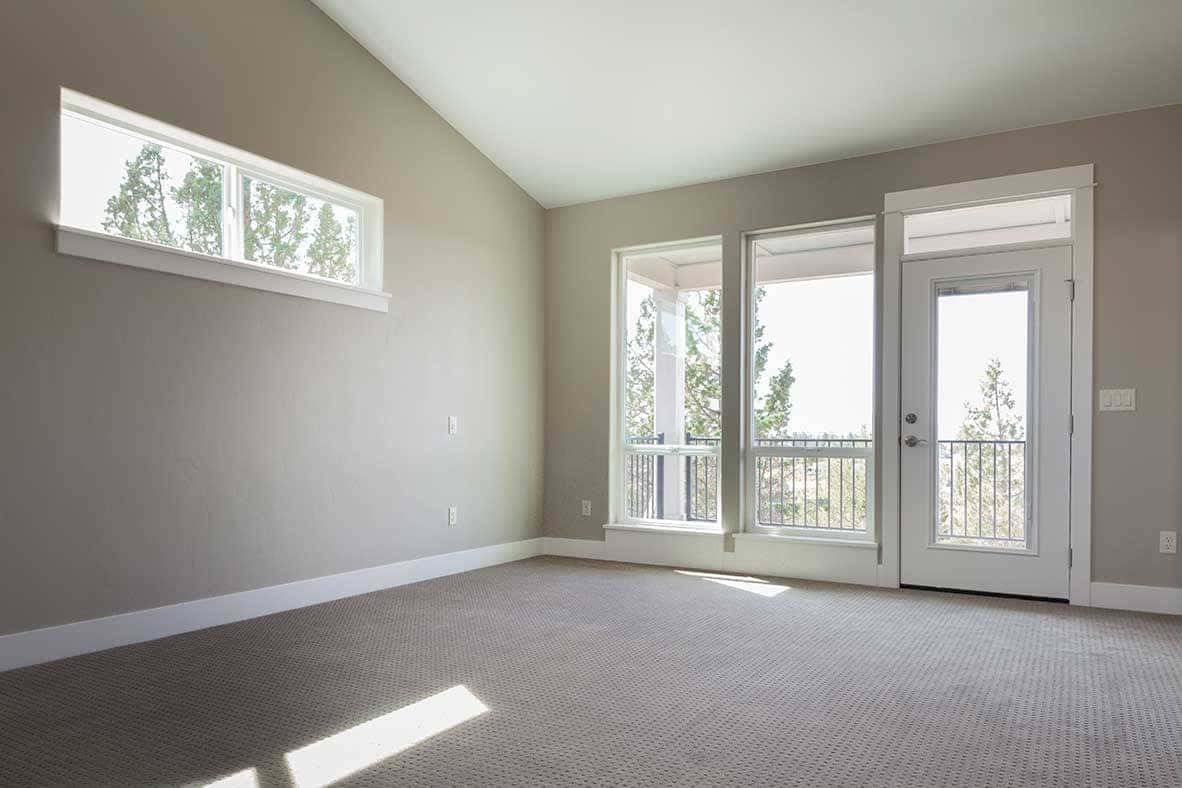




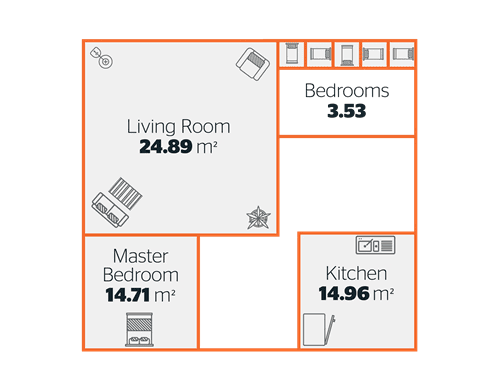

:max_bytes(150000):strip_icc()/living-room-area-rugs-1977221-e10e92b074244eb38400fecb3a77516c.png)


